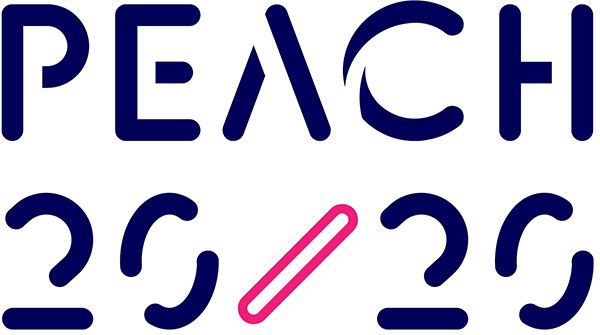On Premise drinking occasions are changing
)
Some refer to it as vertical drinking, others as up-tempo drinks and others still as high-energy drinking. Regardless of what you call it, it is changing. Once the cornerstone of many weekends and late-night rituals, it is dwindling; a far cry from the “revenge partying” that saw late-night bars and nightclubs full to bursting from dusk till dawn during the heady (and hedonistic) days of the immediate post-pandemic aftermath.
Britain has lost over 30% of its nightclubs since the start of the Covid-19 pandemic, while those that have survived have seen sales shrink by nearly 30% in 2023. There are similarly 10% fewer independent bars than in 2020, reflecting a shift in consumer behaviour and an evolution of occasions, especially those traditionally associated with higher consumption.
Of course, this poses a risk, especially to spirits where a heartland of independent bars and nightclubs has yielded a significant proportion of sales over the past few decades and whose consumption is most intrinsically linked with the lively celebration, the after-work drinks that get out of hand or the (glorious) forbidden ‘final’ drink that we all know we shouldn’t, but do anyway.
Of course, that is not to say that the nightclub is dead or that the late-night bar is no longer. There will always be an appetite for excess, a lust for late-night adventure, and a desire to dance. However, the pertinent questions and the ones that venue owners are increasingly trying to answer are: can the On Premise still effectively cater for these needs, and does it offer experiences that provide sufficient value to entice consumers to return?
At CGA, we also have these questions. We are seeing some fairly substantial sales declines in some spirits categories in the On Premise channel across many international markets and commissioned our own “Evolution of High Tempo” Report to understand if a shifting outlet universe and occasion profile were behind some of those declines. The results are fascinating.
Reading the report, the first conclusion one builds is that high tempo drinking occasions are diversifying. While a ‘big night out’ and a ‘bar crawl’ are still top the list of occasions for high energy drinks, there is a far broader range of occasions, day parts and, by extension, venue types in which they occur.
The likes of bottomless brunch have shifted high consumption occasions from nightclubs into brunch restaurants and from spirits into prosecco, while competitive socialising (think interactive darts, ping-pong or shuffleboard) have turned what was the lair of late night into the more beer-friendly late-afternoon. Even the increasingly popular large-scale ticketed events (such as Manchester’s Warehouse Project, or the newly opened Drumsheds in London) have made late-night clubbing less of a weekly vice and more of a once-every-few-months pre-planned blowout.
What do those increasingly popular sub-occasions have in common? They are all centred around experience and offer something different, but interestingly, they come at a price premium.
Another interesting snippet from the report was the profiling of the most frequent visitor for ‘high tempo occasions’. This is a demographic who, as would be expected is younger (two-thirds are under 34) and spend more time in the On Premise than average. However, they are also far more likely to be city-centre-based than average. A whopping 43% live in city centres, compared to just 17% of less frequent visitors for high tempo occasions. While this means less to be spent on taxis home and potentially more money to spend in On Premise venues, it also poses a threat. With the rise in city centre living among young people, there is little stopping them from ditching On Premise venues for an after-party, especially with occasions starting earlier in the day.
Indeed, drinks sales in major cities are moving towards earlier day slots and trading is busiest during the late afternoon and early evening slots of a weekend. Heck, even the National Theatre is moving shows to earlier in the day.
For drinks suppliers and operators alike, this evolution poses a serious challenge; one which if not overcome could spiral. As occasions have diversified, so too should serve strategy, portfolio, pricing and activation. Within the core occasion, working with operator partners to develop experience and value for experience to help resist the temptation to carry on the party at home will also drive sales and equity. However, there is also the need to evolve and build a broader occasion strategy, targeting the new wave of high tempo occasions.
CGA’s Evolving High Tempo Occasion Report provides deep dives into areas including big nights out, ticketed events, bottomless brunches and pub or bar crawls, plus insights from more occasions like competitive socialising and themed events. It helps suppliers understand consumers’ reasons for visit and need states and pinpoint the role of different drink categories along the occasion journey. Consumer intercepts in city centres and suburban areas add in-the-moment insights into behaviours. To learn more about the report, download information here, or contact Charlie Mitchell at charlie.mitchell@nielseniq.com.

